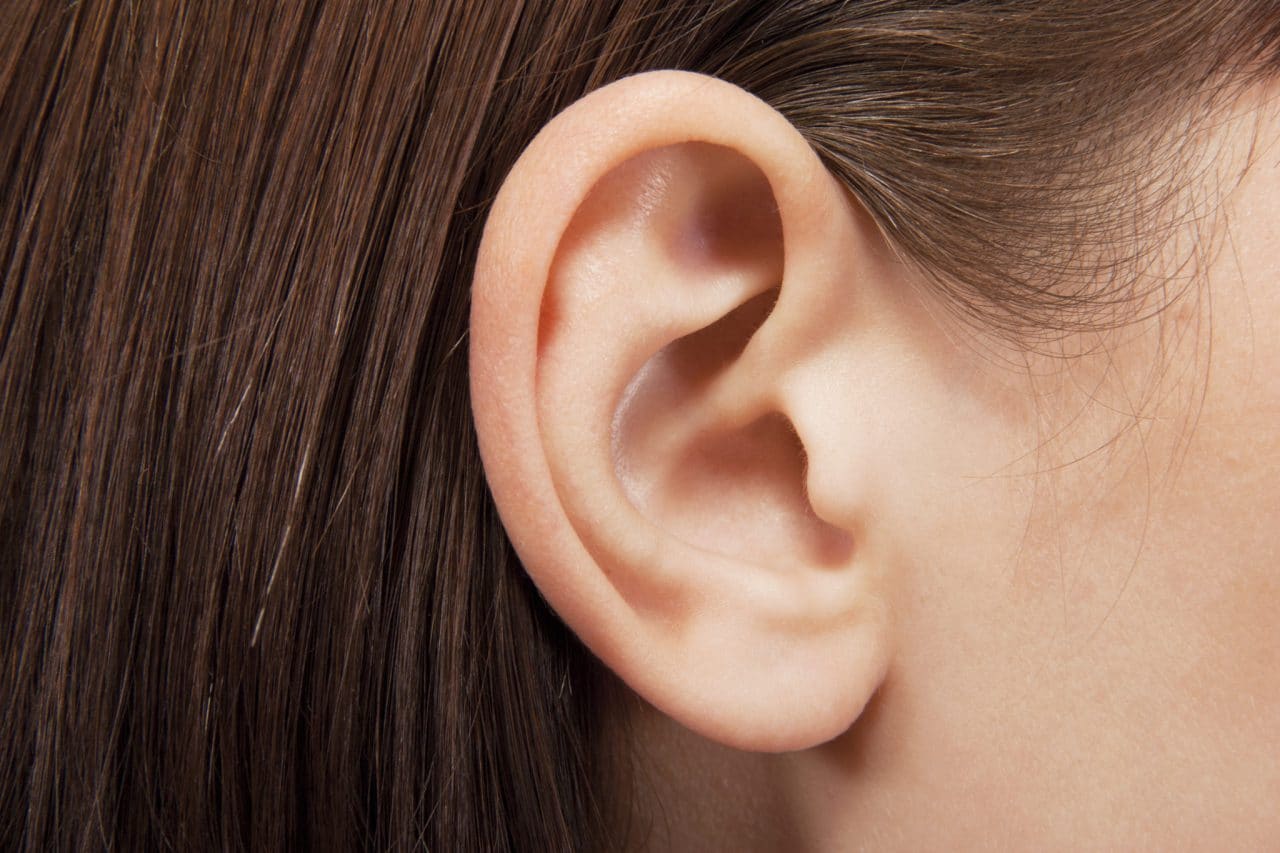Those with damage to the ears resulting from an accident or injury (such as a laceration or torn piercing) are often viable candidates for reconstructive ear surgery. The type of surgery, and its success, depends on the severity of the trauma and may range from a simple outpatient procedure to a more involved reconstructive surgery. We highly recommend seeking immediate medical attention following any type of trauma to the ears.

Otoplasty
Individuals who have suffered trauma to the ears and those born with defects can often benefit from reconstructive ear surgery. Known as otoplasty, this procedure is used to correct medical and cosmetic deformities of the outer ears, helping to restore self-confidence and improve hearing ability.
Otoplasty is a cosmetic surgical procedure to change the shape, position, or size of the ears.
Who Can Get Otoplasty?
To qualify for otoplasty, an individual should be healthy, and not suffer from any condition that might impede healing. Children should be at least five years old, when their ears have reached their full size.
As with any surgery there are certain risks and potential complications involved; these include scarring, infection, bleeding, asymmetry, changes in skin sensation, and skin contour irregularities. Deciding whether the benefits outweigh the risks is a personal decision, but your surgeon will be happy to answer any questions you have.
How Is Otoplasty Performed?
Either local or general anesthesia will be given during your otoplasty procedure, depending on the complexity of the surgery and your doctor’s recommendation, and can be performed at our surgery center.
The procedure takes about two hours on average. Incisions are typically made on the back of the ears or within the inner creases where scars will be less visible; your surgeon then removes excess cartilage and skin before folding the cartilage into position and securing it with stitches. Care is taken to avoid overcorrection, which can result in a “pinned back” look.
Following surgery, your ears will be covered with bandages for a few days. There will be some pain and discomfort, which can be treated with over-the-counter or prescription medication per your doctor’s discretion. You’ll be advised to keep pressure off your ears. When the bandages come off, your ears will probably be swollen and red.
It’s usually recommended you wear a loose headband at night for a few weeks to protect your ears when you roll over in bed. Otoplasty offers immediate results in most cases.
Call Willamette ENT & Facial Plastic Surgery at (503) 581-1567 for more information or to schedule an appointment.
“I came to be under Dr. Donovan's care during a medical emergency at the hospital. The care I received that day and in every interaction after, at Willamette ENT has been prompt, professional and very thorough. I feel very well cared for.”